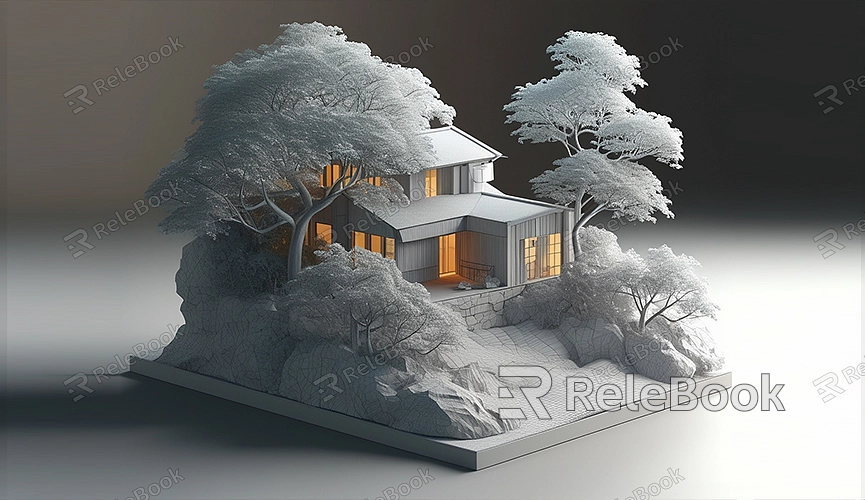How to Make a 3D Model in SolidWorks
SolidWorks is a powerful 3D modeling software widely used in mechanical design, product development, and engineering. It features an intuitive interface and a comprehensive set of tools suitable for various complex design tasks. This article will guide you through the process of creating a 3D model from scratch in SolidWorks, detailing key steps and techniques.

Understanding the SolidWorks Interface
Before you start creating a model, familiarize yourself with the SolidWorks interface. Upon launching the software, you'll see the main toolbar, task pane, and various feature buttons. The primary design workspace consists of the “Sketch” and “Features” tabs. Sketch mode allows you to draw 2D sketches, while the Features tab enables you to convert these sketches into 3D solids.
Once you are comfortable with these basic functions, you can begin modeling.
Drawing the Sketch
The first step in creating a 3D model is to draw a 2D sketch. In SolidWorks, you can choose a plane (such as the front, top, or right plane) to start your sketch.
For example, if you are designing a simple part, you might draw a rectangle or circle on the front plane. Tools like “Line,” “Circle,” or “Rectangle” will help you quickly create the desired 2D geometric shapes.
Ensure that all lines and shapes are closed in your sketch, as this will facilitate the subsequent 3D modeling.
Converting the 2D Sketch to a 3D Model
Once your 2D sketch is complete, you can convert it into a 3D model. The most commonly used operations in SolidWorks are “Extruded Boss/Base” and “Revolved Boss/Base.”
- Extruded Boss/Base: This function allows you to extend your 2D sketch along a direction to create a 3D solid. For example, if you have a rectangle sketch, using the extrude feature will result in a rectangular prism.
- Revolved Boss/Base: This function enables you to revolve your 2D sketch around an axis to create symmetrical 3D shapes, such as cups or bottles.
You can specify exact dimensions to ensure the model meets your design requirements.
Adding Details and Modifying the Model
Creating a model in SolidWorks doesn't end with basic shapes. To refine your model, use various tools for modifications. For instance, the “Fillet” and “Chamfer” tools can smooth or sharpen edges, while the “Cut” feature allows you to remove unnecessary parts.
For more complex components, SolidWorks offers advanced features like “Patterns,” “Mirrors,” and “Sweeps.” These tools help you quickly create repeated geometric patterns or generate complex shapes along specific paths.
Applying Materials and Rendering
After completing your 3D model, you can apply materials to make it look more realistic. SolidWorks includes a rich library of materials, such as metals, plastics, and woods. Assign different materials to various parts of your model and adjust properties like color, glossiness, and transparency according to your design needs.
Once materials are applied, you can use SolidWorks’ rendering capabilities to produce realistic renderings. By adjusting lighting and background settings, you can simulate real-world lighting effects and make your design more vivid.
Exporting and Sharing the Model
After finalizing your design, you can export the 3D model in various formats, such as STL, STEP, or IGES, for use in other software or 3D printing. SolidWorks also supports converting models directly into engineering drawings, which helps generate technical documentation for production and manufacturing.
This guide has provided an overview of the basic steps to create a 3D model in SolidWorks, from sketching to final rendering. Each step requires patience and attention to detail. Whether you are a beginner or an experienced designer, SolidWorks offers powerful tools to help you achieve a wide range of creative designs.
If you need high-quality 3D textures and HDRI for your models and virtual scenes, you can download free resources from [Relebook](https://textures.relebook.com/). For exquisite 3D models, visit [Relebook 3D Models](https://3dmodels.relebook.com/) for a wide range of premium resources. With these skills, you can create more complex and detailed 3D models in SolidWorks.

